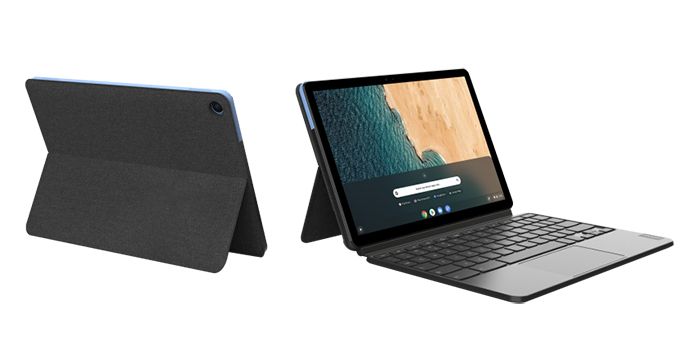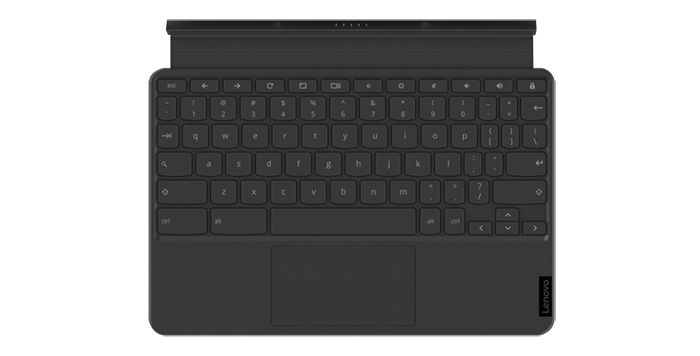Ever since smartphones started ditching the headphone jack, competition in the wireless earbuds space has picked up. Apple’s AirPods have become incredibly popular, which has led many companies to offer similar products. Mobvoi, the makers of the TicWatch Pro, released their own version, the TicPods, back in 2018. Today, the company is announcing the TicPods 2 Pro and TicPods 2.


The TicPods 2 and 2 Pro offer a pretty substantial improvement over the nearly 2-year old TicPods. The original TicPods featured silicone tips and were shaped to seal off ambient noise. The TicPods 2 feature a more lightweight “open-fit” design that sits in your ear without the need for silicone tips. Essentially, they fit more like AirPods, which can be a good or a bad thing depending on your ears. Personally, I much prefer the open-fit design.

What may be even more of a big deal than the shape of the earbuds is the charging case. The case for both the TicPods 2 and 2 Pro is 42% smaller than the original. That’s a very big deal. You can fit the new case in the small pocket on the right front that most men’s jeans have. Another big update for the charging case is USB-C. Wireless charging would be even better, but not needing a separate cable from your phone is a big improvement.

Mobvoi is a company that does a lot of work with AI and that is present on the TicPods 2 Pro. The earbuds have two new AI-powered features: TicHear and TicMotion.
- TicHear – Use Quick-Commands to control your audio with your voice (“Play Music” | “Pause Music” | “Next Song” | “Previous Song” | “Pick Up” | “Hang Up”). Powered by Mobvoi’s innovative in-house AI algorithms, the TicHear Quick-Commands feature cuts out the wake-up word to give you a very direct and natural way to interact with the device. TicHear is built from a set of algorithms that includes VAD, noise reduction, AEC, beamforming, wake-up word detection and more, allowing you to activate your personal assistant whenever and wherever for a seamless interactive experience.
- TicMotion – Nod your head twice to pick up a call, shake twice to refuse TicMotion proactively tracks your head movement without your need to activate or notify the device. It enables TicPods 2 Pro to detect head and neck motion, giving you a seamless experience that goes beyond audio. You can now enjoy another point of hands-free access to interact with their device.
You can also easily activate the smart assistant of your choice with the “Hey Tico” voice command. The first time you do this you will be asked to select a default app. The TicPods 2 do not include TicHear or TicMotion, but both models still have the standard “tickle touch” controls for volume, play/pause, skip tracks, and pickup or refuse calls.
Last, but certainly not least, the TicPods 2 and 2 Pro have improved sound quality with Qualcomm aptX audio. This means Qualcomm’s aptX encoder is included in both models for clearer, high-definition audio. The TicPods 2 Pro takes things a step further with dual-mic noise cancellation for enhanced voice clarity and reduced ambient noise interference.



The TicPods 2 Pro will cost $139 at launch while the TicPods 2 will be priced at $99. They are available in three colors: Navy, Ice, and Blossom. Again, the difference between the models is the inclusion of TicHear/TicMotion and dual-mic noise cancellation. Pre-orders for both models begin today on Mobvoi.com and Amazon. You can get 10% off the retail price if you pre-order the earbuds before they launch on January 15th.

The post Mobvoi announces the TicPods 2 and 2 Pro wireless earbuds with voice/gesture controls and noise cancellation appeared first on xda-developers.
from xda-developers https://ift.tt/2urQ3Ey
via IFTTT




















